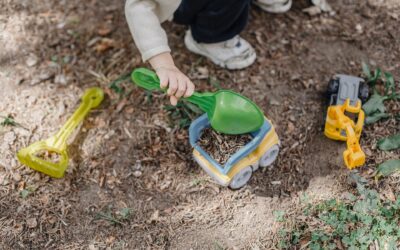No. 80: Incorporate traditional methods of energy conservation, such as passive solar design and natural ventilation
No. 80: Incorporate traditional methods of energy conservation, such as passive solar design and natural ventilation
Number 80
Incorporating traditional methods of energy conservation, such as passive solar design and natural ventilation in schools, can have significant environmental and financial benefits. These methods can reduce energy consumption and promote a healthier indoor environment while also saving money on energy bills.
Learn why you should do this:
Incorporating traditional methods of energy conservation, such as passive solar design and natural ventilation, can provide significant environmental and financial benefits for schools. Passive solar design involves using the natural heat of the sun to heat buildings in the winter, and shading them in the summer to reduce cooling costs. Natural ventilation involves using natural air flow to cool buildings, reducing the need for air conditioning.
One benefit of these methods is a reduction in greenhouse gas emissions. According to the US Environmental Protection Agency, buildings are responsible for nearly 40% of carbon emissions in the United States. By reducing the need for heating and cooling systems, schools can significantly reduce their carbon footprint.
In addition to environmental benefits, incorporating passive solar design and natural ventilation can also provide financial benefits. A study by the National Renewable Energy Laboratory found that passive solar design can reduce heating energy use by up to 50% and cooling energy use by up to 30%. This can lead to significant cost savings on energy bills for schools.
One way to incorporate these methods is through building design. For example, buildings can be designed with south-facing windows to allow for maximum sun exposure in the winter, while incorporating shading devices to reduce heat gain in the summer. Additionally, buildings can be designed with natural ventilation systems that use natural air flow to cool the building, reducing the need for air conditioning.
Another way to incorporate these methods is through retrofitting existing buildings. This can involve adding shading devices to windows, improving insulation, and adding natural ventilation systems. A study by the Lawrence Berkeley National Laboratory found that retrofitting existing buildings with natural ventilation systems can reduce cooling energy use by up to 80%.
Overall, incorporating traditional methods of energy conservation in schools can provide significant environmental and financial benefits. By reducing greenhouse gas emissions and energy costs, schools can save money while also contributing to a more sustainable future.
Sources:
- US Environmental Protection Agency. “Buildings and Climate Change.” Accessed March 15, 2023. https://www.epa.gov/green-building/buildings-and-climate-change.
- National Renewable Energy Laboratory. “Passive Solar Building Design Basics.” Accessed March 15, 2023. https://www.nrel.gov/docs/fy18osti/68936.pdf.
- Lawrence Berkeley National Laboratory. “Natural Ventilation in California Schools.” Accessed March 15, 2023. https://eta.lbl.gov/publications/natural-ventilation-california-schools.

All 100 ideas in one, easy to share ebook. Download now and start helping your school be its best version of itself...
Downloaded over 17,000 times!

More ways to make a difference, now!
No. 26: Install bike racks at school
Number 26 Installing bike racks in schools can benefit the environment, promote physical activity, and save money. Students who bike to school have improved physical fitness and academic performance, while schools can save money on transportation costs and reduce...
No. 18: Use digital signage instead of paper posters
Number 18 Using energy-efficient digital signage instead of paper posters in schools has environmental and financial benefits. It reduces waste and saves energy, resulting in cost savings. Experts suggest that digital signage is also more effective in communicating...
No. 4: Create sustainable play areas
Number 4 This article discusses the environmental and financial benefits of creating sustainable play areas in schools. These play areas reduce waste, promote a connection to nature, reduce carbon emissions, and save schools money on maintenance and utility bills....





